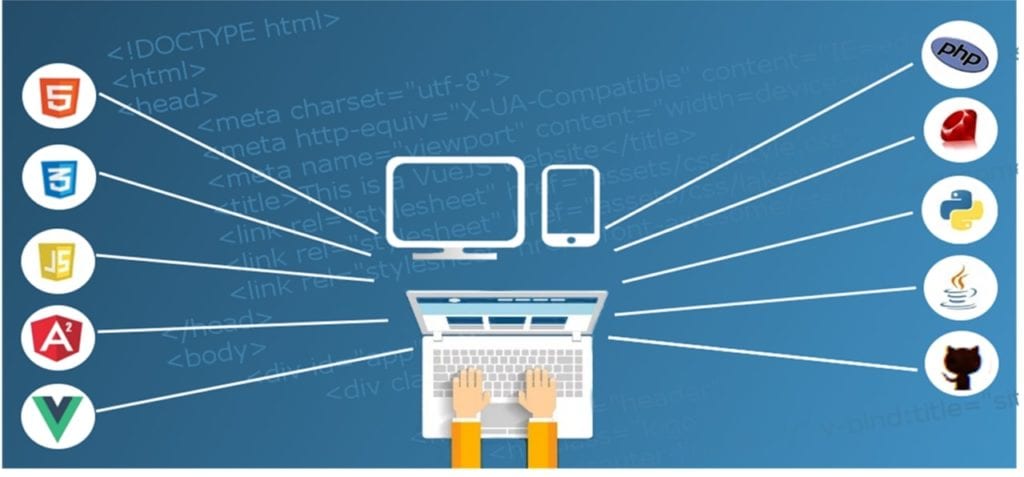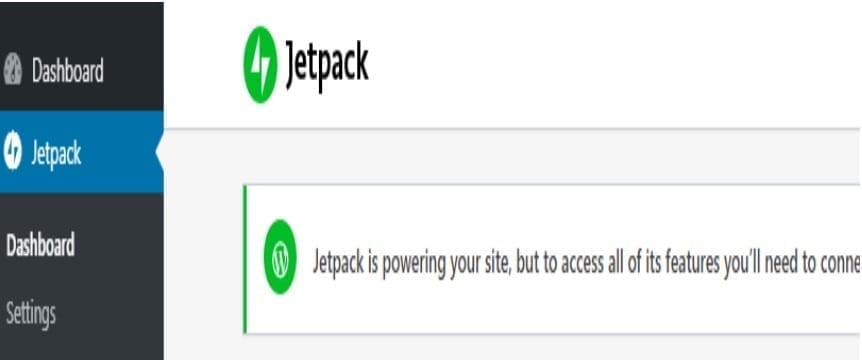WP site management should be easy enough for small business owners. However, some small business owners don’t have time for these routine tasks.
With your busy schedule, we know how difficult it is to keep a business site running smoothly. So, we prepared a list of site management tasks you or your team can follow.
Backup Tasks
The regularity of backup tasks depends on how complex your site is. You can perform backup tasks monthly, weekly, or daily.

1. Install a backup plugin
These tasks are either automatic or manual. You can set the tasks automatically through a plugin. Another alternative is to hire the services of a company that specializes in backup procedures. The team will backup your site for you.
For manual back-up, you need to understand how your website works and where to find the necessary files. Often, a few clicks of a mouse and you’re good. This would need a bit of technical knowledge.
2. Confirm Backups
Make sure your backups are in a safe location, whether it’s a cloud or physical storage. Also, prepare more than one backup kept in separate locations. This would ensure you can restore your site anytime it is unserviceable.
Also, check if the backup files contain the important aspects of your site. Your backup should contain all media, themes, plugins to make your business site running again when it gets corrupted or hacked.
3. Delete Old Backups
Backup files take up your storage resources. So, regularly delete old backup files to free up storage and make way for new files. Regardless of where you store the back-up, delete the files.
All you need is the current one. Make sure to define how long you should keep a backup on your cybersecurity plan.

Security Tasks
These tasks are essential to prevent malware or attackers. You would want to avoid security risks happening on your WP site. Thus, it’s important to have these tasks as part of your WP site management tasks.
4. Update Your WP Version
When a new version is available, update immediately. Activate notifications, so you get information first hand. An updated version will patch any errors and fix any bugs. Often, attackers can use the WP site vulnerabilities to compromise your e-commerce or business site.
5. Install 404 Detection Plugin
404 Error is a bad thing for a site and its, regardless of its nature. This error means one of your webpages is unreachable. You can manually do this but it would take precious time, especially if your site has hundreds of pages. Alternatively, use a plugin or third-party tools to see how many pages have broken links.
6. Strengthen the WP security site
In WP site management, security is everything. It should be strict to ward off potential attackers. There are a lot of ways to strengthen the security of your business site.
One, you can block a specific IP address from accessing your site.
Two, enable WordPress protection against brute attacks. Brute attacks are when a hacker logs in to your WordPress admin by guessing your password.
Three, change your default user name. Every hacker knows that the default username is admin. If your password is weak and easy to guess, your site is in big trouble.
Four, activate the two-factor authentication. When this feature is activated on your site, you get a notification on your preferred mobile device. Your WP site will ask you to confirm your identity.
Five, install a reliable security plugin. Sometimes, the best security plugin is a premium version. Some features aren’t included in the free version.
Theme & Plugin Tasks
A theme is the aesthetic appearance of your WordPress Site. Plugins enhance the site’s functionality, front-end or back-end.

7. Update Plugins/Themes
You need to update these aspects regularly. This is one of the most important WP site management tasks. Make sure that you confirm your premium and use the newest features. Often, updated plugin versions have stronger security features.
8. Delete Unused Themes/Plugins
Also, delete plugins or themes that you aren’t using. These unused themes are risks magnet and could compromise your site. Besides, they take up space on your online storage.
Monitoring Tasks
Monitoring in WP site management includes tracking the downtime of your site. Downtime is normal but it shouldn’t take too long. Otherwise, you’d lose valuable traffic.
9. Enable Notifications on Downtime
Your server should inform you about the downtime through email. If not, use a tool to monitor this. Alternatively, you can hire a company for this WP site management task.
Evaluate how often the downtimes are. If it’s too often, you might consider migrating your hosting provider to a more reliable one.
10. Comment Approval
High traffic sites would always have comments for approval. Make the habit of emptying the spam folder. Allot some time to reply and approve pending comments. Lastly activate anti-spam to reduce the clutter on your site
Final Words
Lastly, don’t forget to update your content. Fresh and updated content is essential in keeping your visitors engaged.
Most WP site management tasks are easy. You can actually do it yourself. However, there are some people who really couldn’t stand the technical side of maintaining a website.
If you need help with your WP site management, you can always ask an expert to do it for you.

